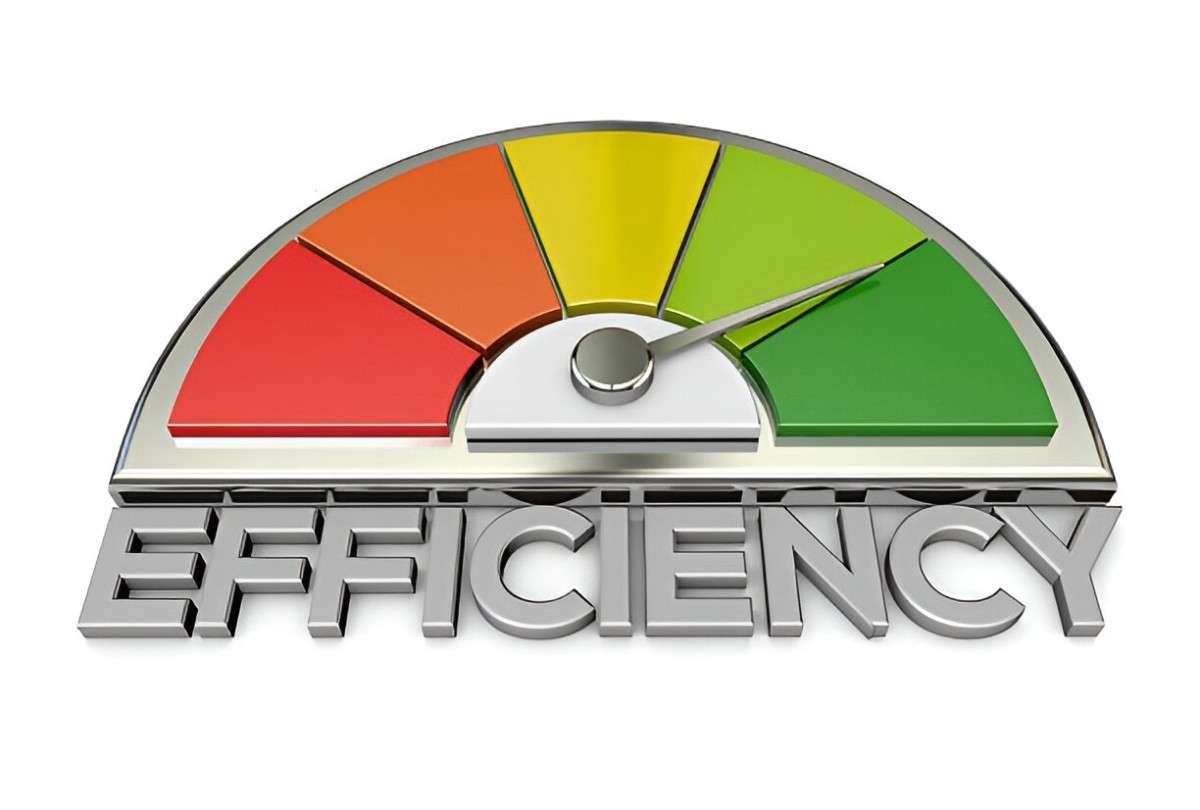Efficiency variances play a crucial role in cost accounting and financial analysis. They help businesses identify discrepancies between expected and actual performance. If you run a manufacturing plant, a retail operation, or even a service-based business, understanding efficiency variances can improve decision-making. In this guide, I break down the concept, explain the math behind it, and provide real-world examples to solidify your understanding.
Table of Contents
What Are Efficiency Variances?
Efficiency variances measure the difference between the actual quantity of inputs used and the standard quantity expected for a given level of output. They are a subset of variance analysis, a tool managers use to control costs and optimize operations.
For example, if a factory expects to use 100 labor hours to produce 1,000 units but ends up using 120 hours, an unfavorable labor efficiency variance exists. The extra 20 hours indicate inefficiency.
The Two Main Types of Efficiency Variances
- Labor Efficiency Variance – Measures productivity in labor hours.
- Material Efficiency Variance – Assesses raw material usage.
Both types help pinpoint operational weaknesses.
The Mathematical Foundation
Efficiency variances rely on standard costing, where businesses predetermine expected costs. The general formula for efficiency variance is:
Efficiency\ Variance = (Actual\ Quantity - Standard\ Quantity) \times Standard\ PriceBreaking this down:
- Actual Quantity (AQ) = Real input used (e.g., labor hours, material quantity).
- Standard Quantity (SQ) = Expected input for actual output.
- Standard Price (SP) = Predetermined cost per unit of input.
Labor Efficiency Variance
The labor efficiency variance (LEV) formula is:
LEV = (Actual\ Hours - Standard\ Hours) \times Standard\ RateExample:
A company expects 2 hours of labor per unit at a standard rate of $15/hour. If 1,000 units are produced in 2,100 hours:
The extra 100 hours cost $1,500 more than planned.
Material Efficiency Variance
The material efficiency variance (MEV) formula is:
MEV = (Actual\ Quantity - Standard\ Quantity) \times Standard\ PriceExample:
A bakery expects 1.5 kg of flour per 100 loaves at $2/kg. If 10,000 loaves use 155 kg:
The bakery used 5 kg extra, costing $10 more.
Why Efficiency Variances Matter
Efficiency variances help businesses:
- Identify Waste – Excess labor or material usage signals inefficiency.
- Improve Budgeting – Future forecasts become more accurate.
- Enhance Productivity – Managers can investigate and fix root causes.
Real-World Applications
Manufacturing:
A car plant tracks labor hours per vehicle. If variance is unfavorable, they may retrain workers or upgrade machinery.
Retail:
A supermarket analyzes cashier efficiency. Longer checkout times may indicate staffing issues.
Service Industry:
A consulting firm monitors billable hours. If projects take longer than estimated, pricing models may need adjustment.
Common Causes of Efficiency Variances
Several factors contribute to variances:
| Cause | Impact | Possible Solution |
|---|---|---|
| Poor Training | Workers take longer to complete tasks | Invest in employee training |
| Machine Downtime | Production delays increase labor hours | Schedule preventive maintenance |
| Low-Quality Materials | More raw material wasted | Switch to reliable suppliers |
| Inaccurate Standards | Budgets based on unrealistic assumptions | Review and update standard costs |
Interpreting Favorable vs. Unfavorable Variances
- Favorable Variance = Actual input < Standard input (Good).
- Unfavorable Variance = Actual input > Standard input (Bad).
However, favorable variances aren’t always positive. Cutting corners to save time may harm quality.
Advanced Considerations
Mix and Yield Variances
In industries with multiple inputs (e.g., textiles, food production), mix variance and yield variance refine efficiency analysis.
- Mix Variance = Difference due to changing input proportions.
- Yield Variance = Difference due to total output per input.
Formula for Mix Variance:
Mix\ Variance = (Actual\ Mix - Standard\ Mix) \times Standard\ PriceFormula for Yield Variance:
Yield\ Variance = (Actual\ Yield - Standard\ Yield) \times Standard\ Cost\ per\ UnitBehavioral Implications
Employees may resist efficiency tracking if they feel micromanaged. Transparent communication about variance analysis helps align team goals.
Case Study: Efficiency Variance in a US Factory
A Midwest auto parts manufacturer noticed a consistent unfavorable labor efficiency variance. Upon investigation, they found:
- New hires lacked proper training.
- Old machines caused frequent delays.
Solution:
- Implemented a mentorship program.
- Upgraded two key machines.
Result:
- Labor efficiency improved by 12% in six months.
- Unfavorable variance reduced by $8,000 monthly.
Limitations of Efficiency Variance Analysis
- Static Standards – Doesn’t account for inflation or market shifts.
- Overemphasis on Cost – May ignore quality or customer satisfaction.
- Short-Term Focus – Long-term inefficiencies might be overlooked.
Final Thoughts
Efficiency variances are powerful, but they shouldn’t be used in isolation. Pair them with other metrics like capacity utilization and quality control rates for a complete picture.





